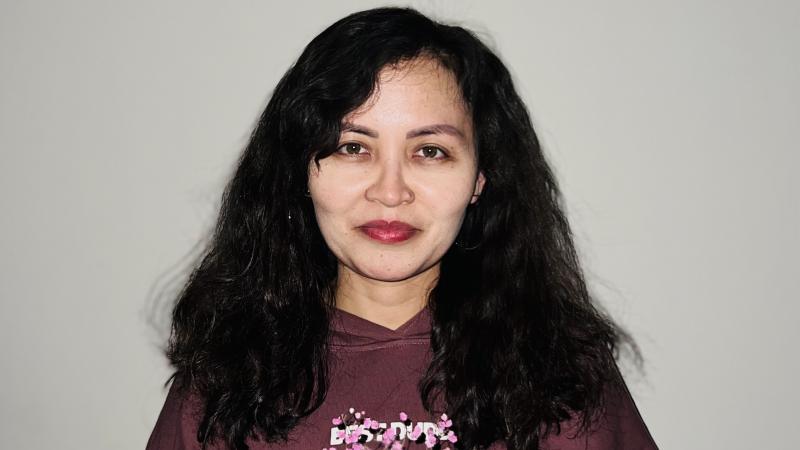Driven by the dramatic progress in the low earth orbit (LEO) satellite technology in the past few years, the vision of achieving global connectivity everywhere using LEO satellites has never been closer to reality. To reach this goal, large numbers of LEO satellites are planned to be deployed at different altitudes to ensure providing coverage around the globe with the capability to achieve different kinds of user requirements such as high data rate or low latency.
In the recent work led by Communication Theory Lab (CTL) researchers at King Abdullah University of Science and Technology (KAUST), a novel mathematical model is proposed for studying and analyzing the performance of LEO satellite-based communication systems. In particular, using tools from stochastic geometry, the locations of the LEO satellites surrounding the earth are modeled as a point process on a spherical surface. For that setup, the statistics of various system parameters, such as the distance between the earth station and the nearest LEO satellite, are characterized. In addition, focusing on a the practical scenario where satellite earth stations are deployed in a rural area that lacks proper coverage levels, the proposed mathematical model is used to verify the performance gains achieved when relying on LEO satellites for backhaul in rural areas.
The proposed mathematical model opens the door to studying various aspects and potential trade-offs in the LEO satellite communication systems, which are currently being investigated by the CTL team of researchers.
More details about this work from this project can be found in the video and in the following publications:
A. Talgat, M. Kishk, and M. -S. Alouini, "Nearest neighbor and contact distance distribution for Binomial point process on spherical surfaces", IEEE Communication Letters, Vol. 24, No. 12, pp. 2659-2663, December 2020.
A. Talgat, M. Kishk, and M. -S. Alouini, "Stochastic geometry-based analysis of LEO satellite communication systems", IEEE Communication Letters, Vol. 25, No. , pp. , 2021.


